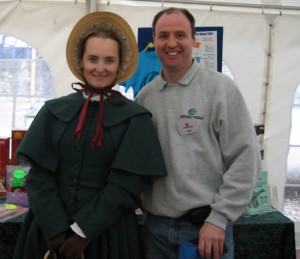Mary Anning – Her Story and the National Curriculum
You might be familiar with the tongue-twister that begins “she sells sea shells on the seashore”, this little ditty that originated in the early part of the 20th century is believed to have been inspired by the life and work of Mary Anning, who was one the most important fossil collectors in the early history of palaeontology.
Mary Anning
For teachers of primary school children, especially those in Years 3 and 4, the story of Mary Anning can dove-tail very neatly into the new national teaching curriculum, specifically into the Science section (rocks, fossils and soil) but elsewhere, including English, History and Mathematics.
Mary Anning Fossil Collector Gets a Google Doodle
Picture credit: Google/Everything Dinosaur
Mary Anning’s (1799-1847), contribution to the nascent science of palaeontology was immense. This pioneering amateur palaeontologist would often venture out onto the dangerous cliffs of Lyme Regis (along with her faithful dog), searching for fossils or “curios” as they were often referred to. She is credited with finding the first Ichthyosaur fossils to be studied by scientists (the fossil discovery was made jointly with her brother Joseph).
From her humble little house at Lyme Regis (Dorset, southern England), Mary collected the many different types of fossil exposed by tides and erosion that could be found in the Jurassic aged coastal strata. She became prominent as an expert in fossils and fossil hunting, although she did not receive full credit for her contribution to science during her lifetime.
Helping to Promote Science to Girls using Mary Anning as a Role Model

Helping to promote science for girls by dressing up as Mary Anning. Mary Anning helping to inspire the next generation of young scientists. Picture credit: Everything Dinosaur.
Picture credit: Everything Dinosaur
The First Plesiosaur Fossil to be Scientifically Studied
Mary Anning discovered the first plesiosaur fossils in 1821 and the first pterosaur (flying reptile) fossils in England in 1828. The pterosaur in question was named Dimorphodon and it was the first outside Germany to be described and only the third in the world to be scientifically analysed. Many of Mary’s fossil finds can still be seen in museums today. Her discoveries helped to build up the collections of a number of wealthy individuals but often no record was kept of her contribution or role in the research and study of such specimens.
Sadly, in Georgian times, women working in an academic capacity was strongly discouraged, Mary had much of the credit for her work taken away from her and it is only in recent years that her contribution has begun to be recognised by the public.
Mary Anning and her story makes a splendid, inspirational tale to help young children (particularly girls), think about studying science and taking up a career in the sciences.
Further information on Mary Anning and resources can be found at the following links:
Lyme Regis Remembers Mary: Lyme Regis Remembers the Contribution to Science Made by Mary Anning.
In Memory of Mary Anning: Anniversary of the death of Mary Anning.
As for a link into the English elements of Key Stage 2, here is the tongue-twister attributed to Mary in full, can your class create tongue-twisters of their own?
“She sells sea-shells on the sea-shore.
The shells she sells are sea-shells, I’m sure.
For if she sells sea-shells on the sea-shore
Then I’m sure she sells sea-shore shells.”
To view replicas of ammonites, belemnites, plesiosaurs and pterosaurs inspired by Mary Anning’s fossil discoveries, visit the models section of Everything Dinosaur’s user-friendly website: Prehistoric Animal and Dinosaur Models.


